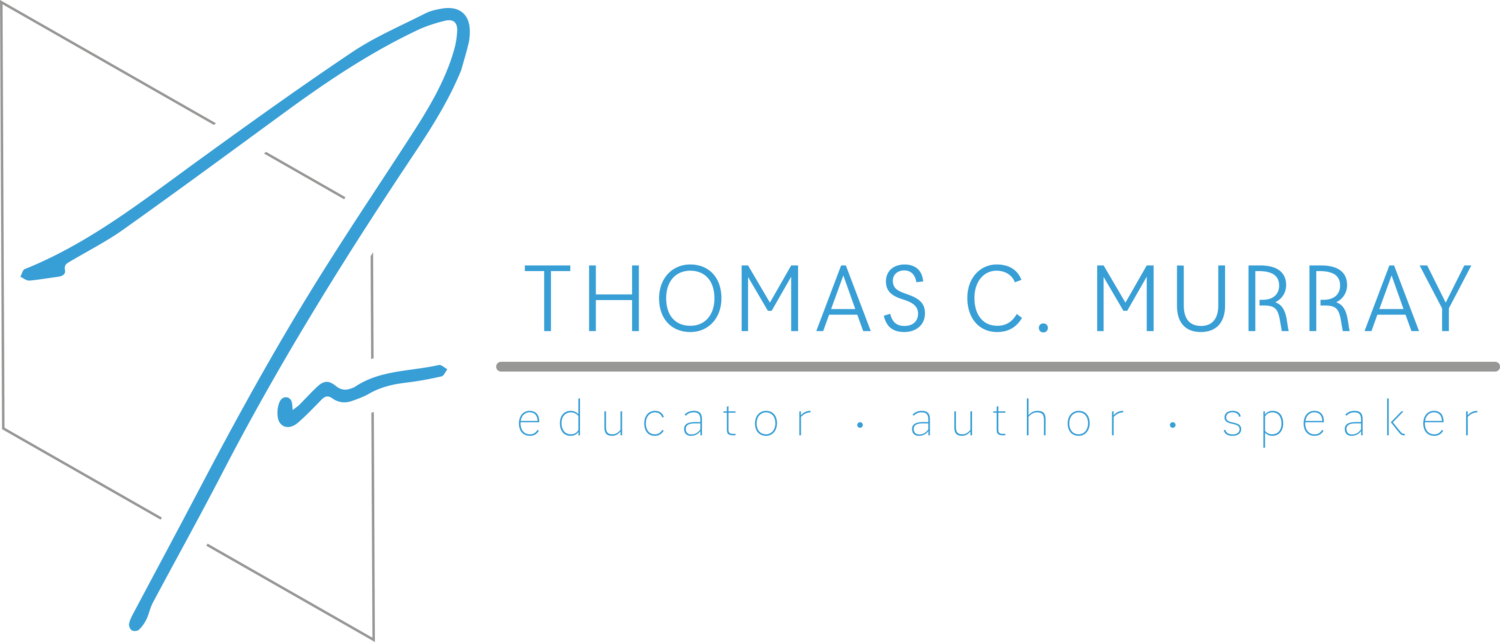Complete Versatility in a Public School Setting
The Quakertown Community School District, winner of the 2011 iNACOL Innovative Program Award, has been highlighted by Michael Horn, author of “Disrupting Class,” on numerous occasions for its self-blend educational model.
QCSD, a K-12 public school in Bucks County, Pa., is a rare breed among public schools, as all students in grades 6-12 have a full menu of both cyber and blended learning options. Some students earn a QCSD diploma as full-time cyber students. Others graduate having taken all of their coursework in a face-to-face, blended setting. The majority of students, however, utilize a combination of blended and cyber courses, promoting “complete versatility” in meeting the needs of all students in this self-blend model.
Some students come to the high-school campus for the full day, some for a handful of class periods and others not at all. Students can choose which learning environment best meets their needs, while being supported by their local public-school staff throughout the process. BYOD and 1:1 initiatives have complemented these cyber options, creating a blended learning environment for all students at the secondary level. Since being implemented four years ago, attendance rates have risen, SAT and AP scores have increased and graduation rates have increased significantly, gaining QCSD national academic notoriety and international accolades.
Starting these programs did not come without tremendous roadblocks or difficult lessons. However, Lisa Andrejko, a superintendent with incredible vision, pushed to break through traditional barriers to move QCSD forward. With these lessons learned, and tremendous progress made, QCSD partnered with the Bucks County Intermediate Unit to form Bridges Virtual, an online learning initiative that provides high quality online learning options to school districts throughout Pennsylvania, with a vision of academic collaboration between public schools throughout the region. These online courses are taught by Pennsylvania public-school teachers, offering students rigorous flexibility; as they are no longer confined to a traditional brick-and-mortar public school setting, with set hours and mandated seat time.
Subsequently, professional development for staff also needed to change drastically. In realizing that counting hours and forcing particular PD sessions was essentially a meaningless and an ineffective use of staff time, the professional development model for QCSD moved from a traditional approach of tracking time to an individualized model where teachers evaluate their own needs and develop goal areas for progress. When the district dropped the required seat hours, teachers gained the freedom to grow where needed. The one-size-fits-all approach doesn’t work in meeting the needs of students, and it certainly doesn’t work for teachers either. Teachers are now focused on growing professionally, not obtaining a certain number of hours to meet contractual obligations; a shift in mindset. Professional development has morphed from certain days per year to an ongoing, continuous process of growth. The expectation is excellence. The roadmap, however, varies from teacher to teacher.
Traditional public schools must change significantly to meet the needs of today’s students. Learning environments must offer “complete versatility” for this generation of kids. Professional development for staff must be differentiated, outcome-based, and success oriented; not based on teacher seat time. Molded together, these needed changes positively impact the quality of our teachers and the achievement of our students. QCSD is one district on the cusp of this movement, and I’m proud to be a part of this student-centered, technology infused learning environment with high expectations for all.

